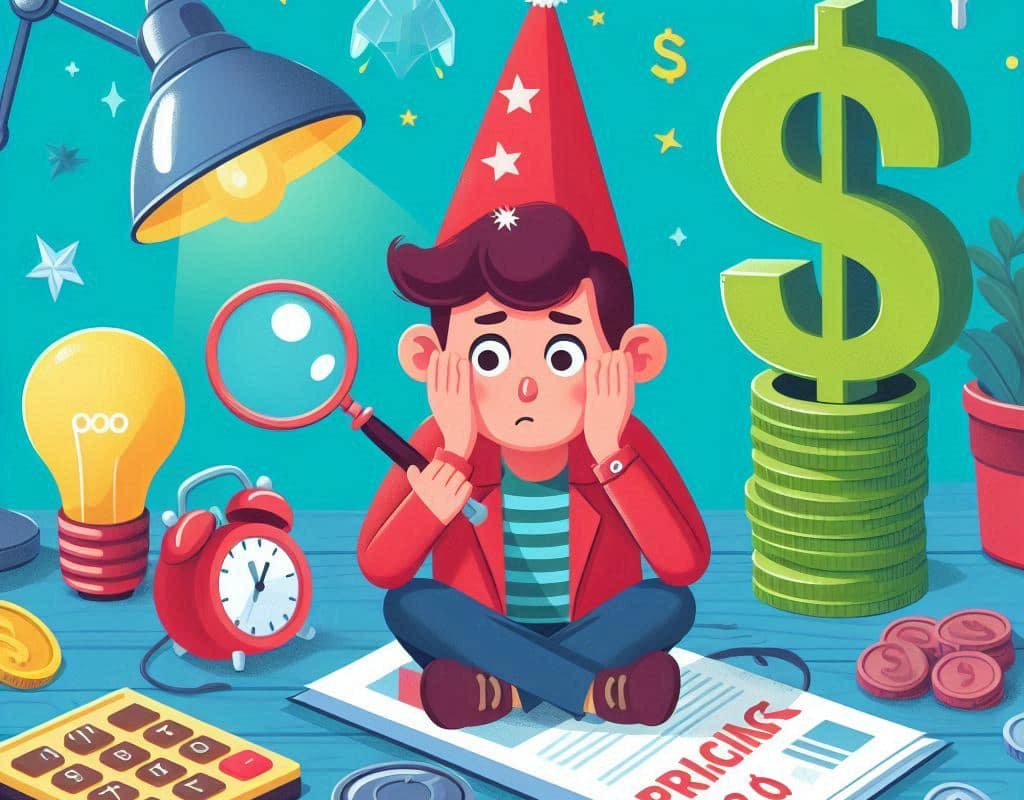— And How to Avoid It”

When a young founder excitedly told me, “We’ll just price lower than everyone else,” I knew he was about to fall into one of the most common startup traps.
He believed, like many new entrepreneurs do, that being the cheapest would guarantee success.
But here’s the truth:
Pricing your product too low can destroy your business.
💥 Why Low Pricing Backfires
1. Cheap Prices Signal Low Value
Customers equate price with quality. If your product is significantly cheaper, they won’t see it as a great deal — they’ll assume it’s inferior.
🧪 Example: Would you trust a $30 online course to teach you as well as a $300 one? Most people wouldn’t.
2. You Attract the Wrong Audience
Low prices bring in bargain hunters — not loyal customers. These buyers care only about cost, jump ship easily, and don’t engage deeply with your brand.
📉 A SaaS founder slashed prices to get more users. Churn shot up, because these users didn’t value the product — they just wanted a deal.
3. No Room to Grow
With razor-thin margins, you can’t reinvest in support, marketing, or product development. You get stuck surviving — not scaling.
🧨 One founder had hundreds of users… and zero budget to market or improve the product.
🎯 Pricing Is a Message
Your price tells a story:
- Is your product high quality?
- Are you confident in its value?
- Can customers expect results?
Low prices say: “This isn’t worth much.”
💡 A Smarter Pricing Strategy
✅ 1. Price Based on Value
Ask: What problem do you solve? What’s the real outcome for your customer?
Set your price accordingly.
✅ 2. Create Perceived Value
Your price makes more sense when it’s anchored to a story — expert development, great support, and proven results.
✅ 3. Test, Learn, Repeat
Try different tiers, bundles, and packages. Gather feedback. Pricing isn’t static — it evolves with your business.
✅ 4. Charge What You’re Worth
If your product delivers real results, price it like it matters. The right customers will pay for quality.
🚀 Final Thoughts: Price for Growth, Not for Attention
Lowering your price to attract customers may feel like a shortcut, but it’s a dead end.
Low prices = low trust, high churn, and poor margins.
Instead, focus on building value — and charge accordingly.
Your ideal customers don’t want the cheapest.
They want the best return on their investment.



